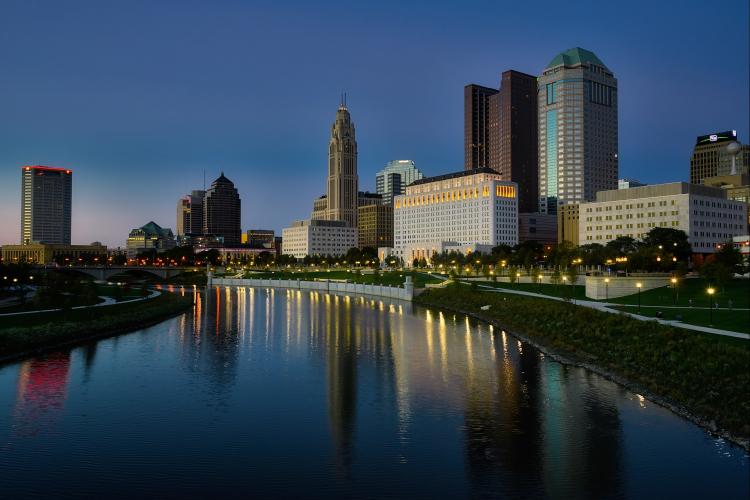
For the last century, utilities that provided safe, reliable and affordable service could be reasonably assured of their continued profitability as long as the demand for electricity continued climbing and competing outside pressures were minimized. However, in recent years, the model of hitching profits to increased infrastructure investment and greater sales is proving unsustainable in the long-term. Distributed energy resources and improved efficiency technologies are displacing increasing parts of the utility service, taking some of the revenues that go with it.
We’ve previously reported on the Utility of the Future discussions taking place in Illinois and Missouri. The Public Utilities Commission of Ohio (PUCO) is also launching a regulatory proceeding to review technological and regulatory innovations related to utility grid modernization. Dubbed “PowerForward,” the initiative aims "to chart a path forward for future grid modernization projects, innovative regulations and forward-thinking policies" that could later be integrated into utility business practices, according to the PUCO press release.
What Makes PowerForward Unique
Unlike similar initiatives, particularly those in New York and California whose goal was to decarbonize generation or integrate more distributed energy resources into the grid, PowerForward did not begin with a specific end goal in mind. Rather, PowerForward aims to be more exploratory in nature, focusing on answering customer specific questions. Specifically, how might innovation, both technological and regulatory, better the customer electricity experience in Ohio? What kind of benefits and services are customers looking for? Are customers happy with the grid?
The PowerForward Process
PowerForward will be implemented in three phases:
- Phase 1 (complete): The three-day “A Glimpse of the Future” conference kicked off the initiative in mid-April with panel sessions on opportunities for enhancing customer experiences, grid innovation and perspectives from industry, regulators and utilities.
- Phase 2 (complete): A second three-day meeting, “Exploring Technologies,” of regulators and utility experts in late July identified the technologies that can make PowerForward’s vision a reality, with a focus on digital solutions made possible by smart meter data.
- Phase 3 (forthcoming): A meeting of regulators in late 2017 will address how to reform utility rates, revenue regulation and investment plans to meet PowerForward’s main goal of providing policy objectives for Ohio that will guide the future grid modernization filings coming from the state’s utilities.
What's Next for PowerForward?
Ultimately, the PowerForward initiative aims to flip the normal piecemeal process for making changes in Ohio’s electric system where utilities file a wish list and ask the PUCO for their approval. As they gear up for Phase 3, the PUCO continues to explore technologies for expanding and improving the grid structure to provide greater value, improve costs and address environmental concerns for Ohioans. Beginning this fall, the PUCO will address how reforms to utility rate designs, revenue models and other business practices could deliver on the goals of the docket. If all proceeds on schedule, formal rate-making and regulatory proceedings are anticipated to begin in 2018. The agenda and copies of the presentations from discussions during Phase 1 and 2, as well as a sign-up to join the mailing list for Phase 3 announcements, can be found on the PowerForward website.
A Regional Look at the Utility of the Future
Other states in MEEA’s territory have initiated similar discussions in recent months. Missouri held a workshop on emerging issues in utility regulation including advanced metering infrastructure, financing and rate design and Minnesota’s E21 project completed its Phase II report in December 2016. The Illinois Commerce Commission passed a resolution initiating the NextGrid Utility of the Future Study, an 18-month collaborative process to explore the ways in which alternative utility regulatory models, advances in technology, and consumer preferences and engagement can shape the grid of the future. Ohio is actively avoiding the “Utility 2.0” label as their hearings focus on changing consumer sentiment in terms of what consumers expect and how a modernized grid can enhance the customer’s experience.
More Info
For questions about MEEA’s resources and activities related to Ohio or the PowerForward Initiative, please contact Policy Associate Leah Scull at lscull@mwalliance.org.